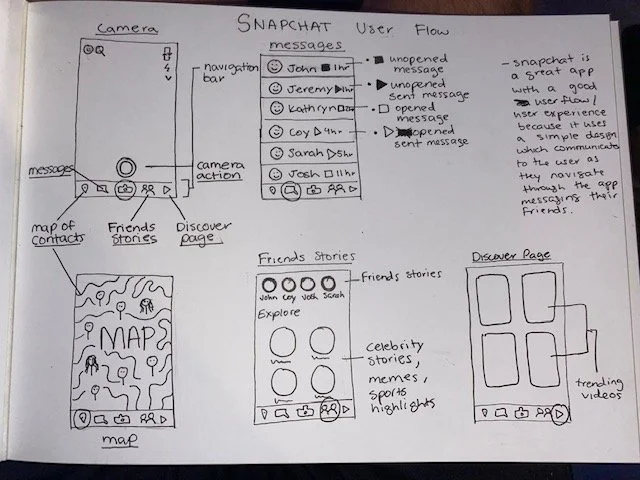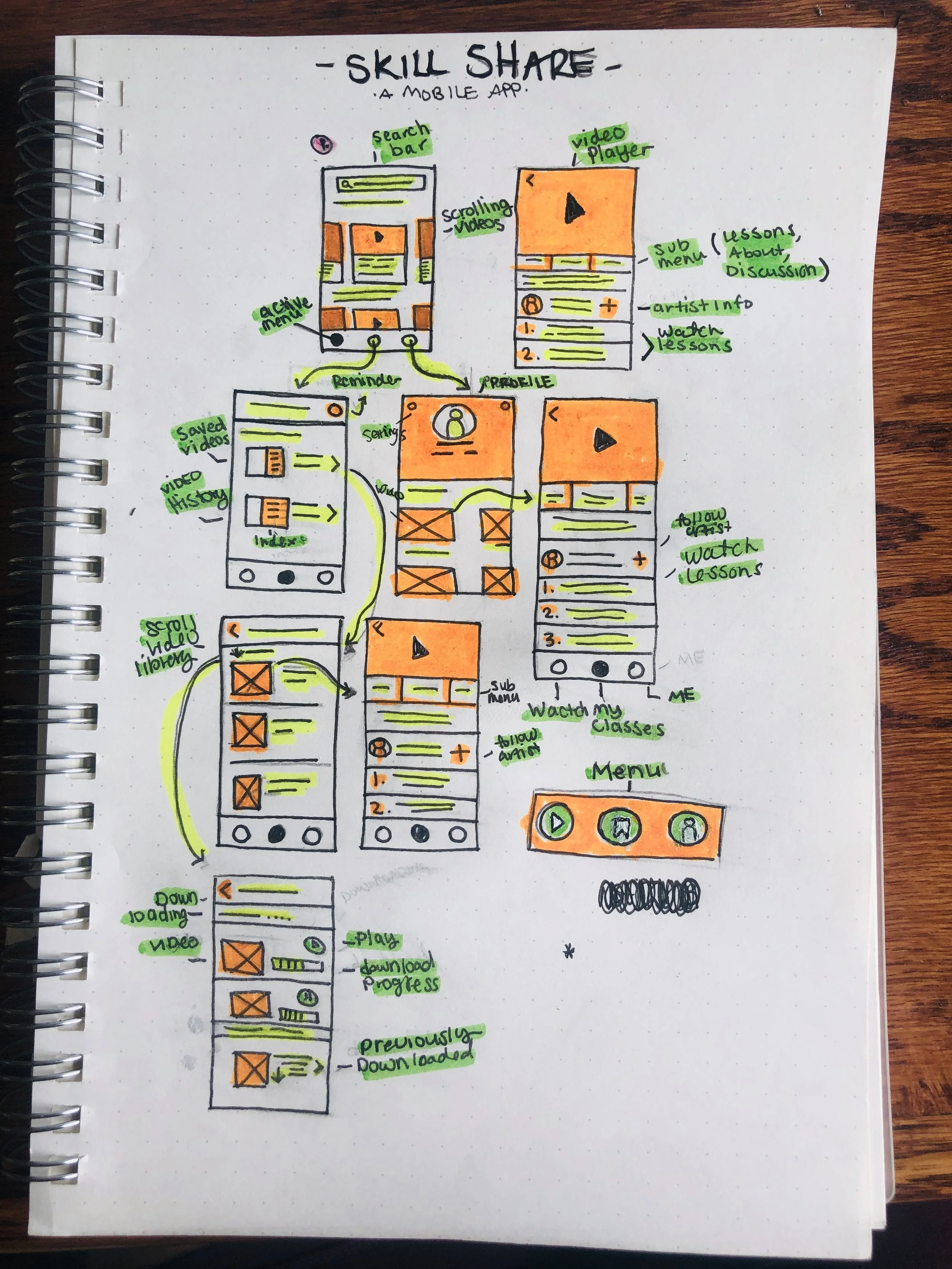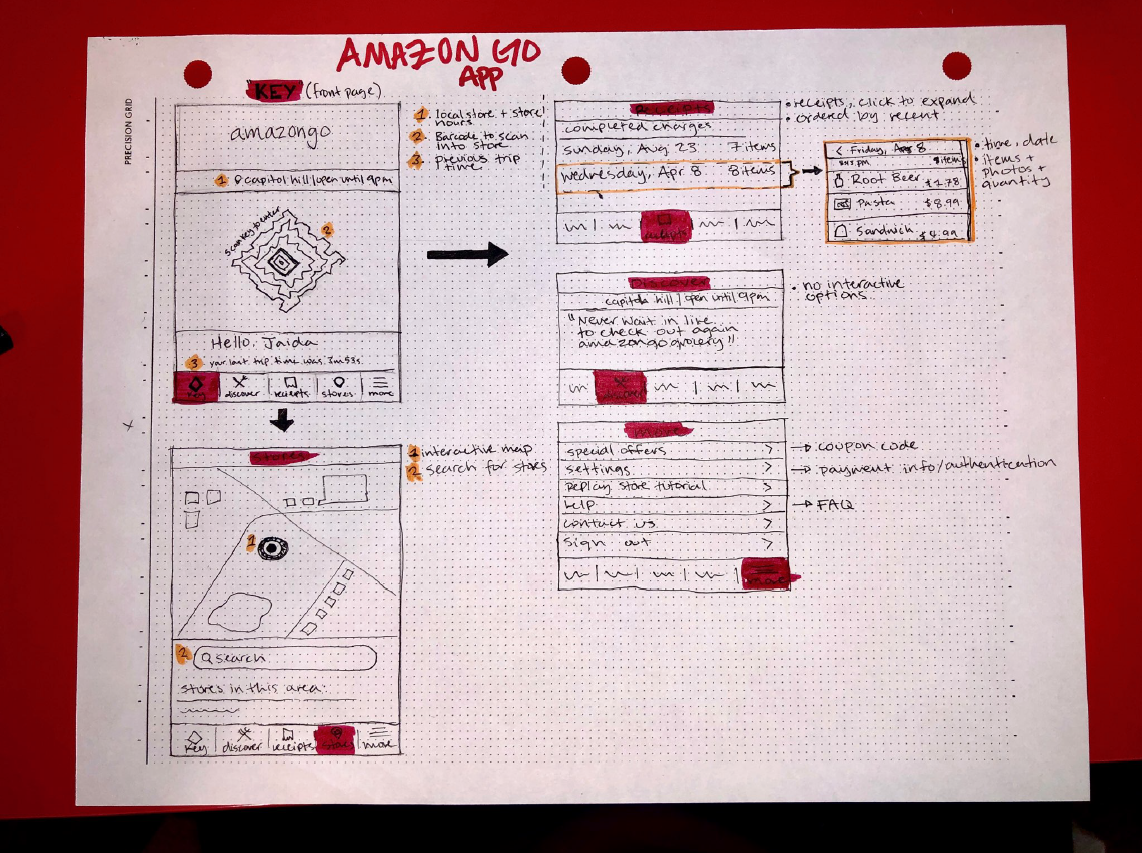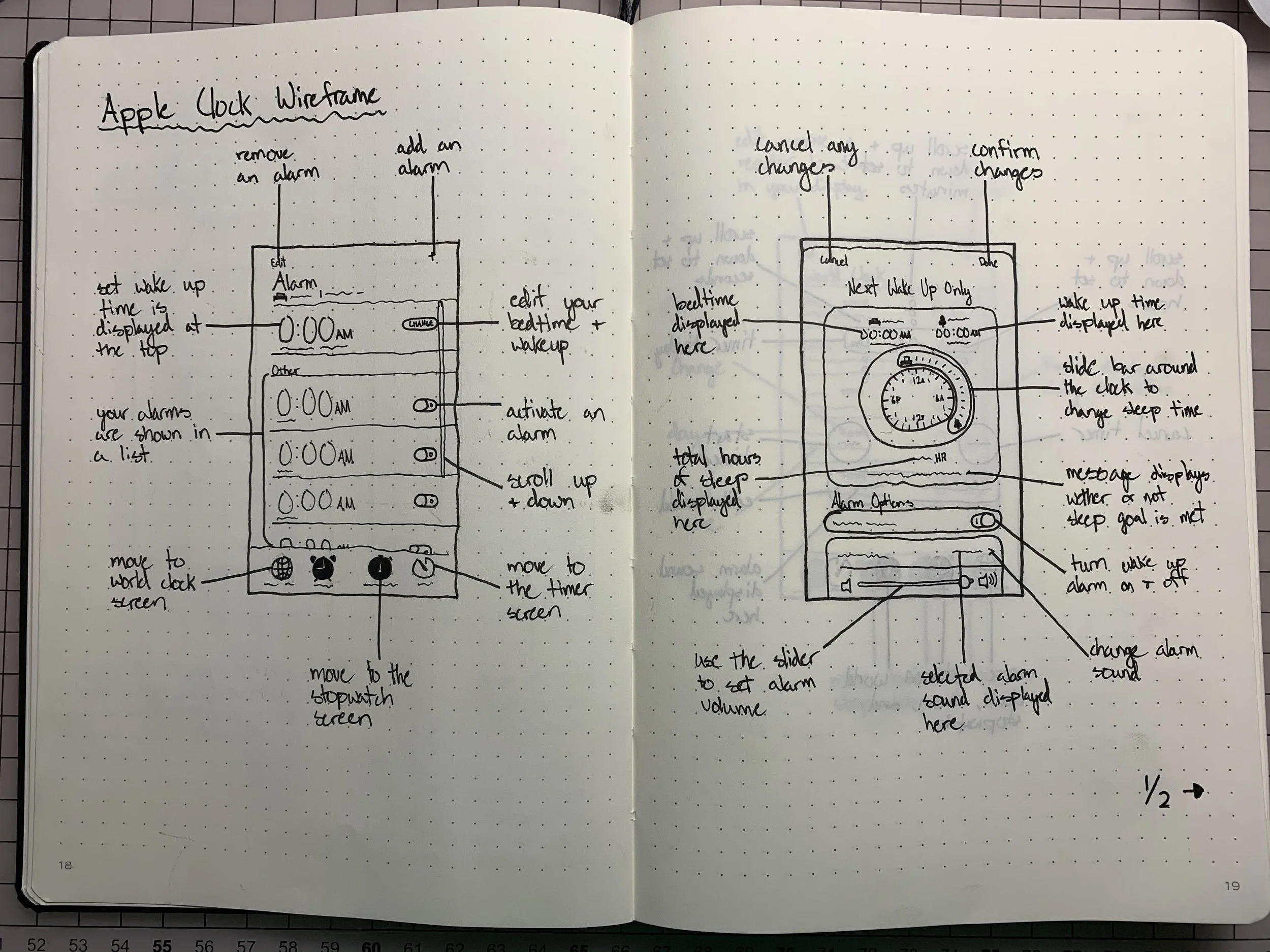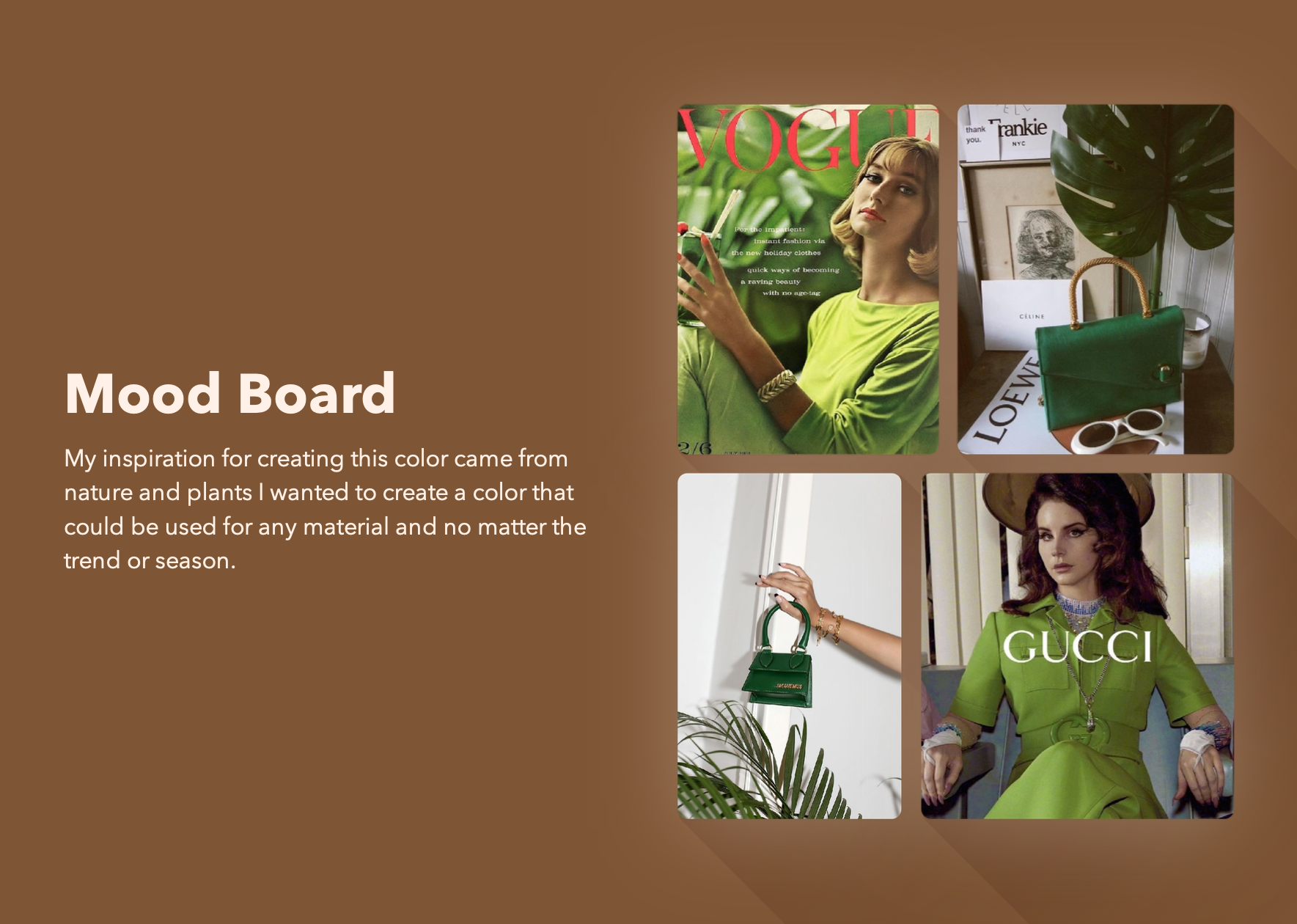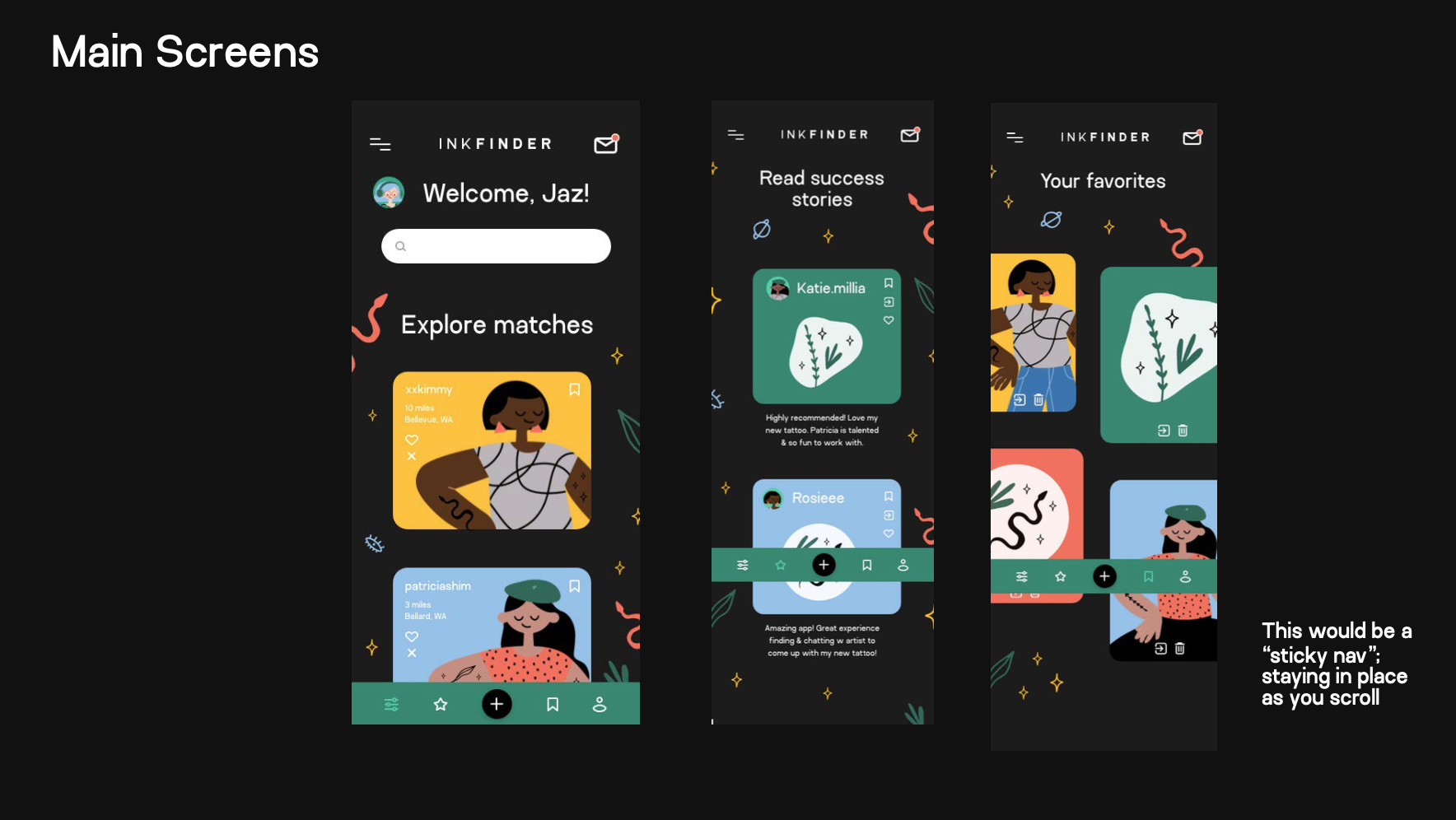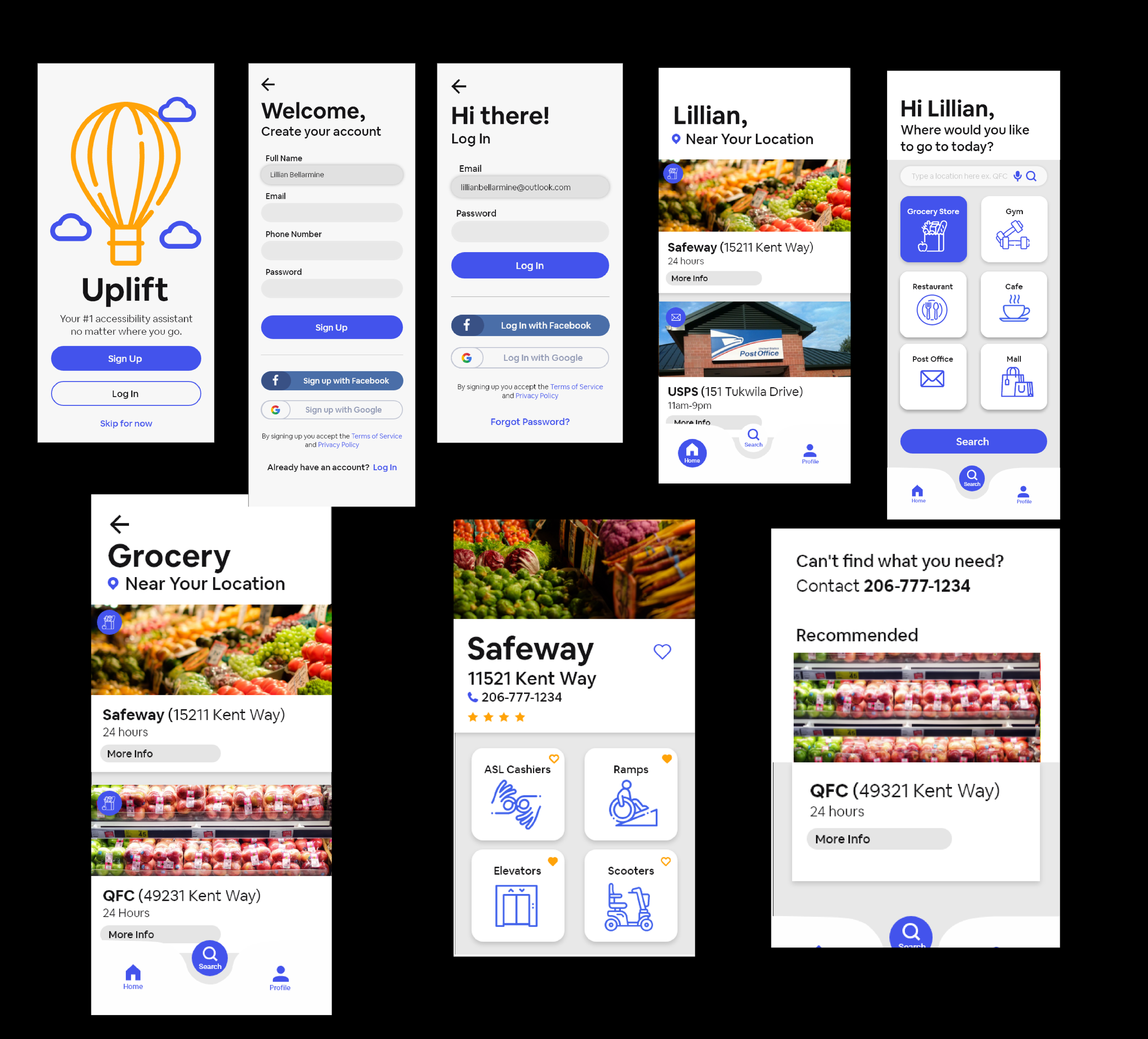
Seattle University
Created and taught a senior UX design course, preparing students for real-world roles through hands-on projects in branding, prototyping, and accessibility.
Overview
I was invited to teach a senior-level UX design course at Seattle University, where I built an inclusive and practical learning curriculum from the ground up. The course focused on preparing students for real-world roles in product, brand, and experience design. Over the span of six months, I led twice-weekly online sessions that combined lectures, quizzes, hands-on workshops, collaborative critiques, exercises, and iterative project cycles to mirror how modern design teams work. My goal was to give students a practical foundation and the confidence to step into creative roles after graduation.
Contributions
Curriculum Development Created a comprehensive syllabus that covered UX fundamentals, design thinking, human-centered methodologies, branding and brand systems, atomic design, interaction design, storytelling, wireframing, prototyping, accessibility in digital experiences, and collaborative critiques and tutorials.
Instruction & Mentorship Led weekly classes, critiques, and one-on-one sessions, helping students refine their ideas and improve storytelling, research, and visual design.
Industry Alignment Collaborated with the program director to evolve the curriculum, ensuring it reflected real-world expectations and current tools, methodologies, and accessibility standards.
Results
Applied UX Skills Students designed user flows, email templates, and websites as part of their project work, applying principles of hierarchy, storytelling, and usability. Through these exercises, they gained hands-on experience in crafting cohesive customer journeys across digital touchpoints.
Capstone Project Guided students through a quarter-long final project that combined user research, UX considerations, branding, and visual design.
Industry Readiness Helped students shape their portfolios and prepare for internships and entry-level design roles.
Optimization Techniques & Digital Design Vocabulary Built a solid understanding of technical optimization techniques and digital design terminology, enabling more effective collaboration with engineers and product teams.
Inclusive Mindsets Prioritized inclusive practices and accessible design to help students consider broader audience needs.
Sample lectures & project reviews
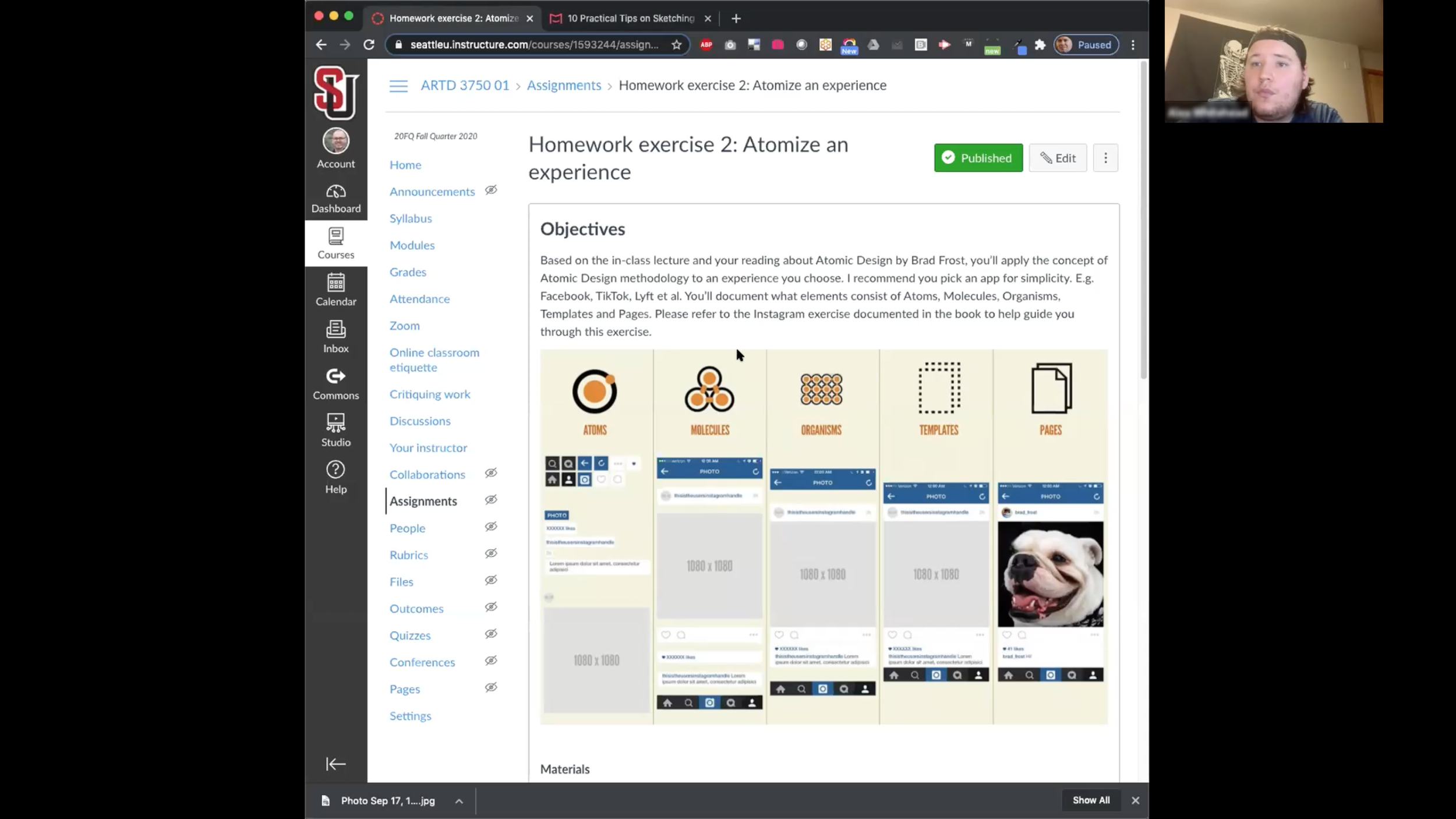
Atomic design homework overview
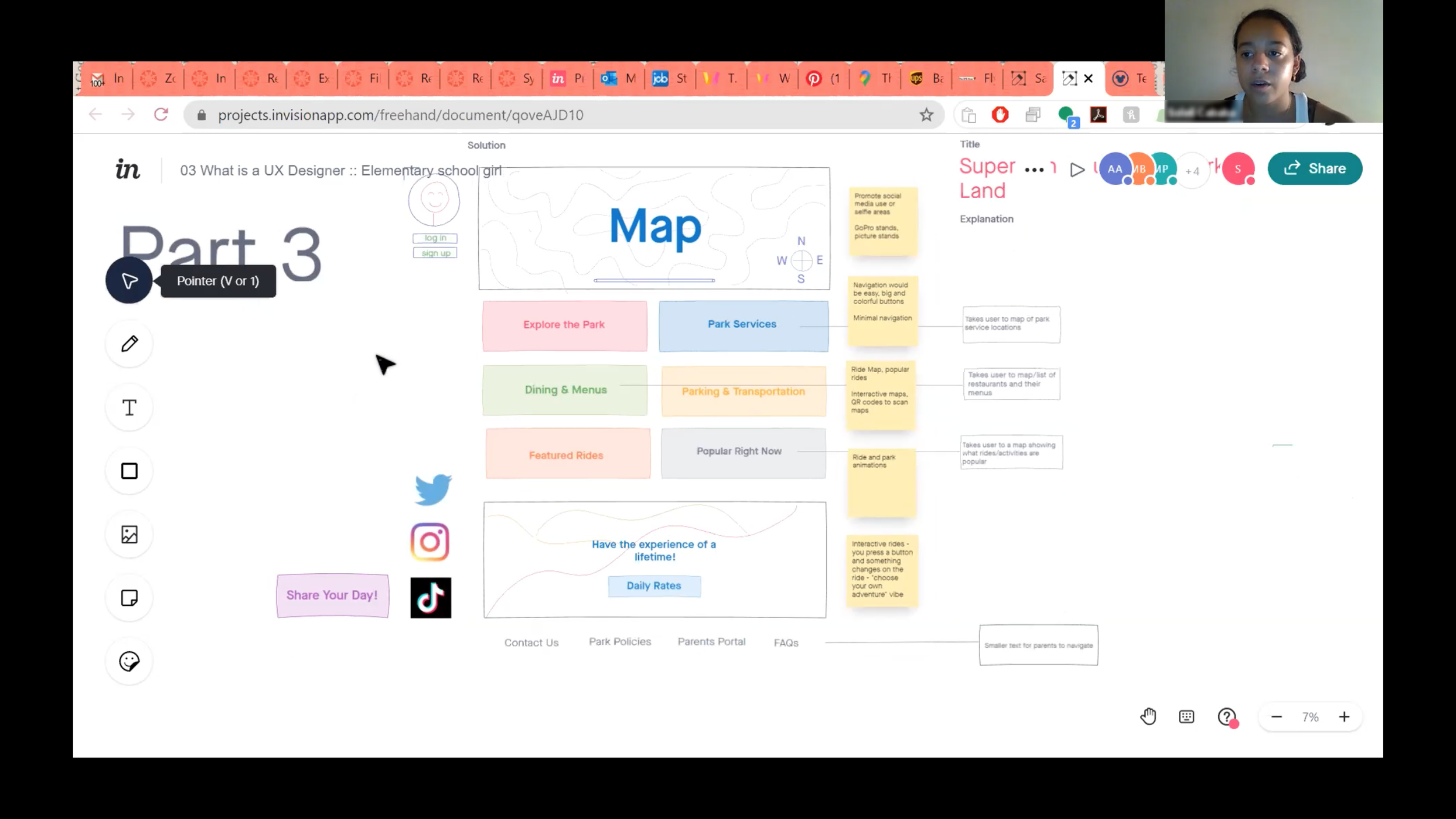
What is a ux designer exercise
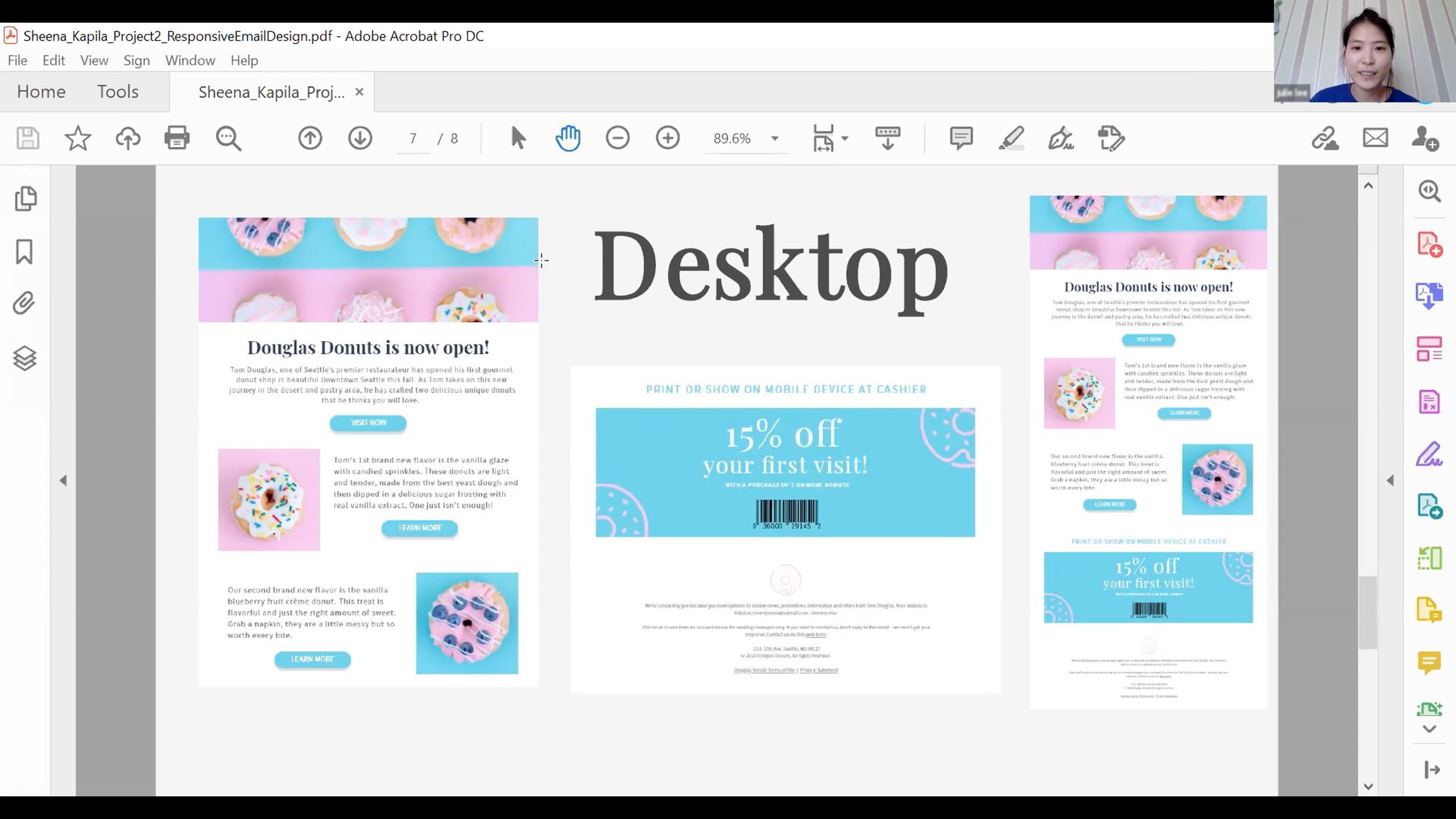
Email design project
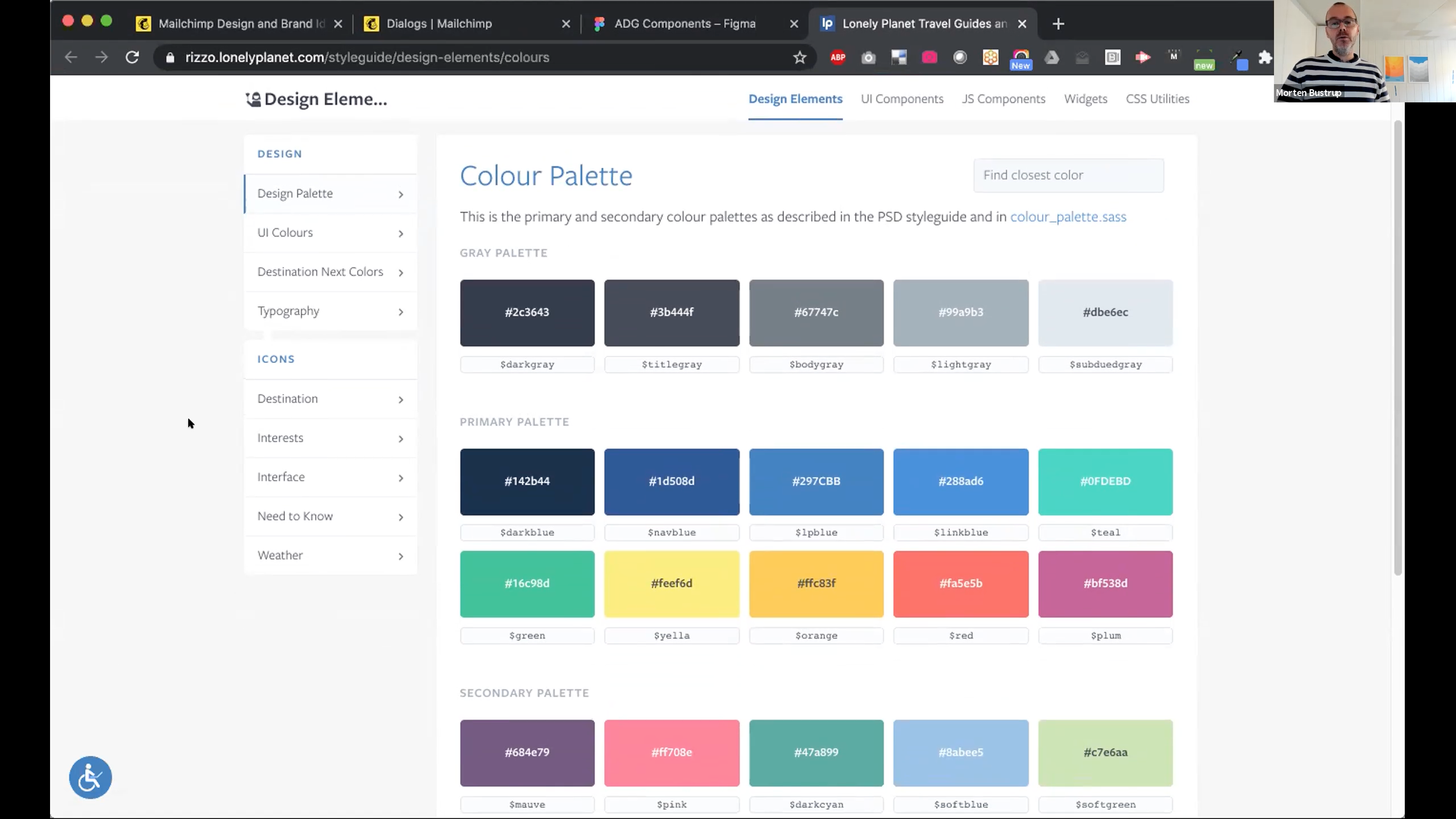
Design systems & processes lecture
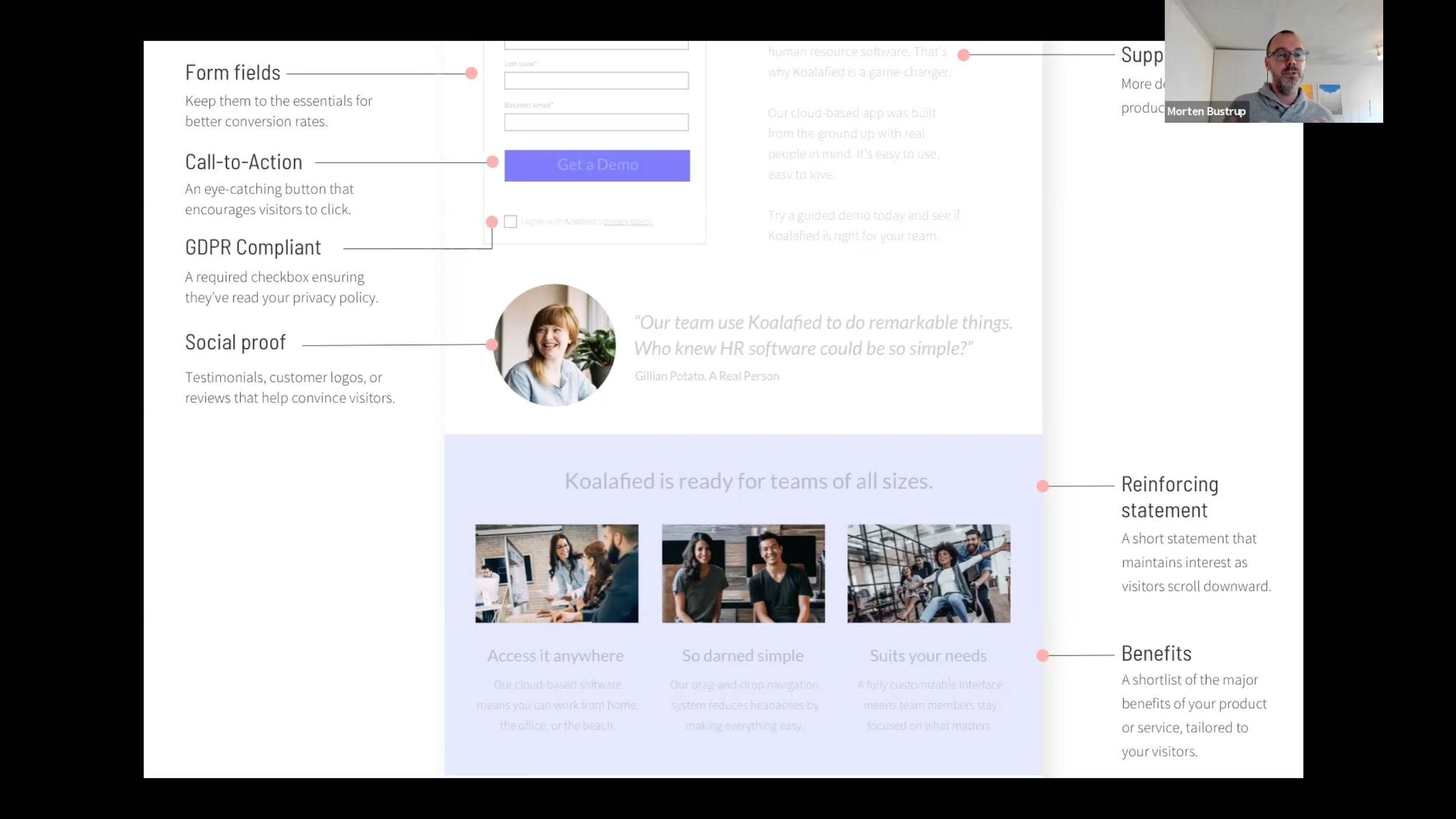
Landing page lecture
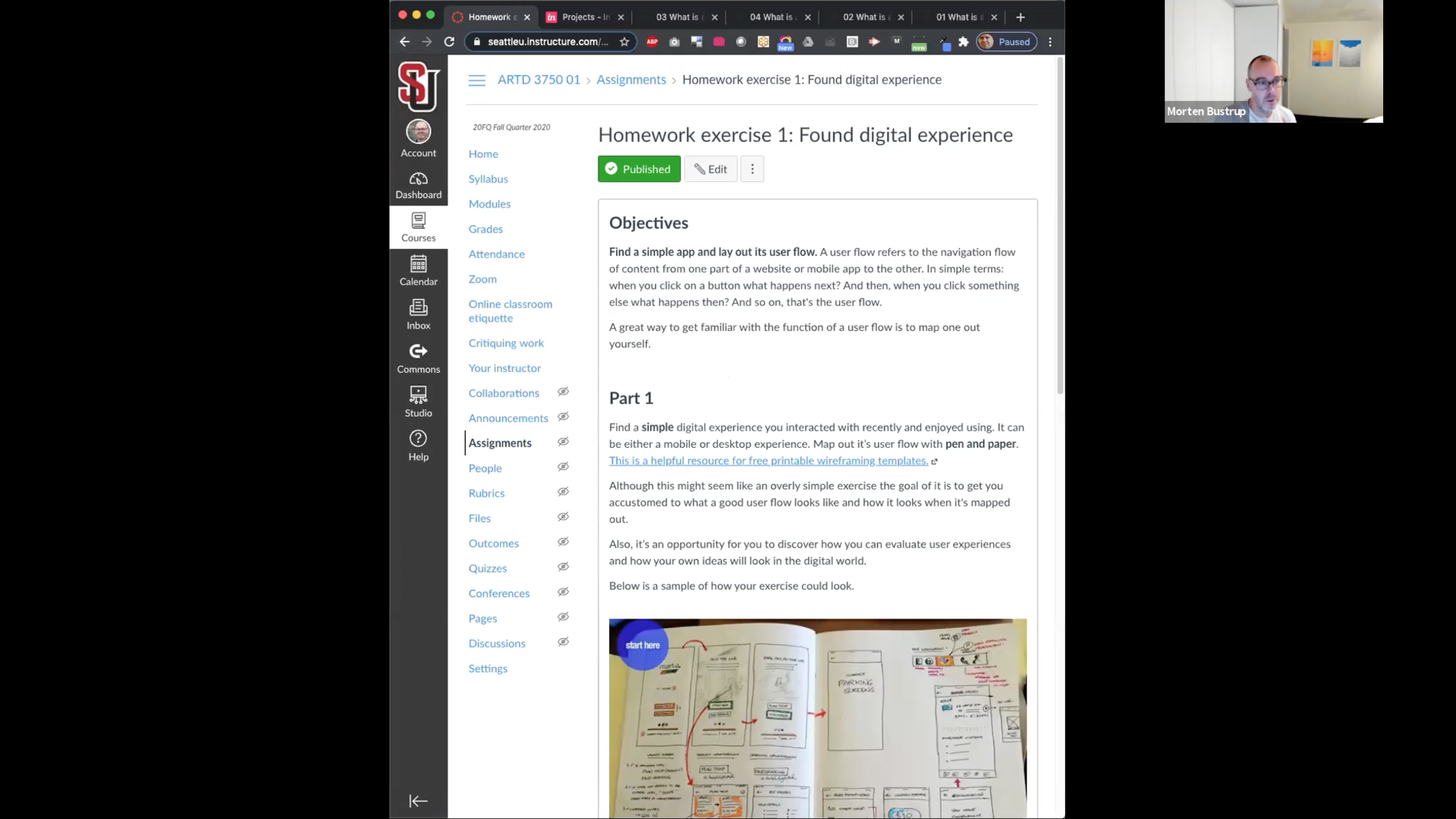
Found digital experience exercise
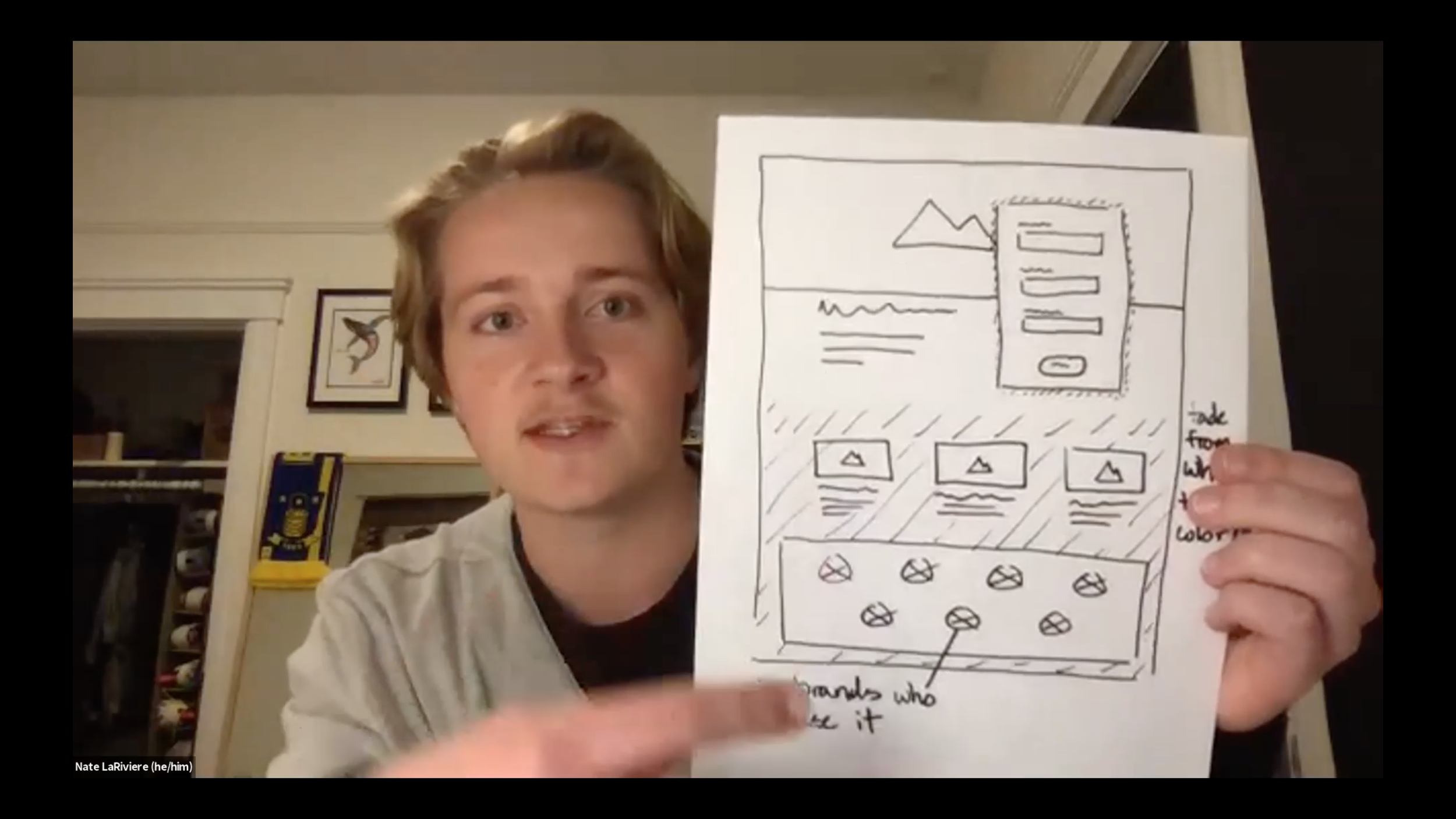
8-6-4-2 rapid prototyping exercise
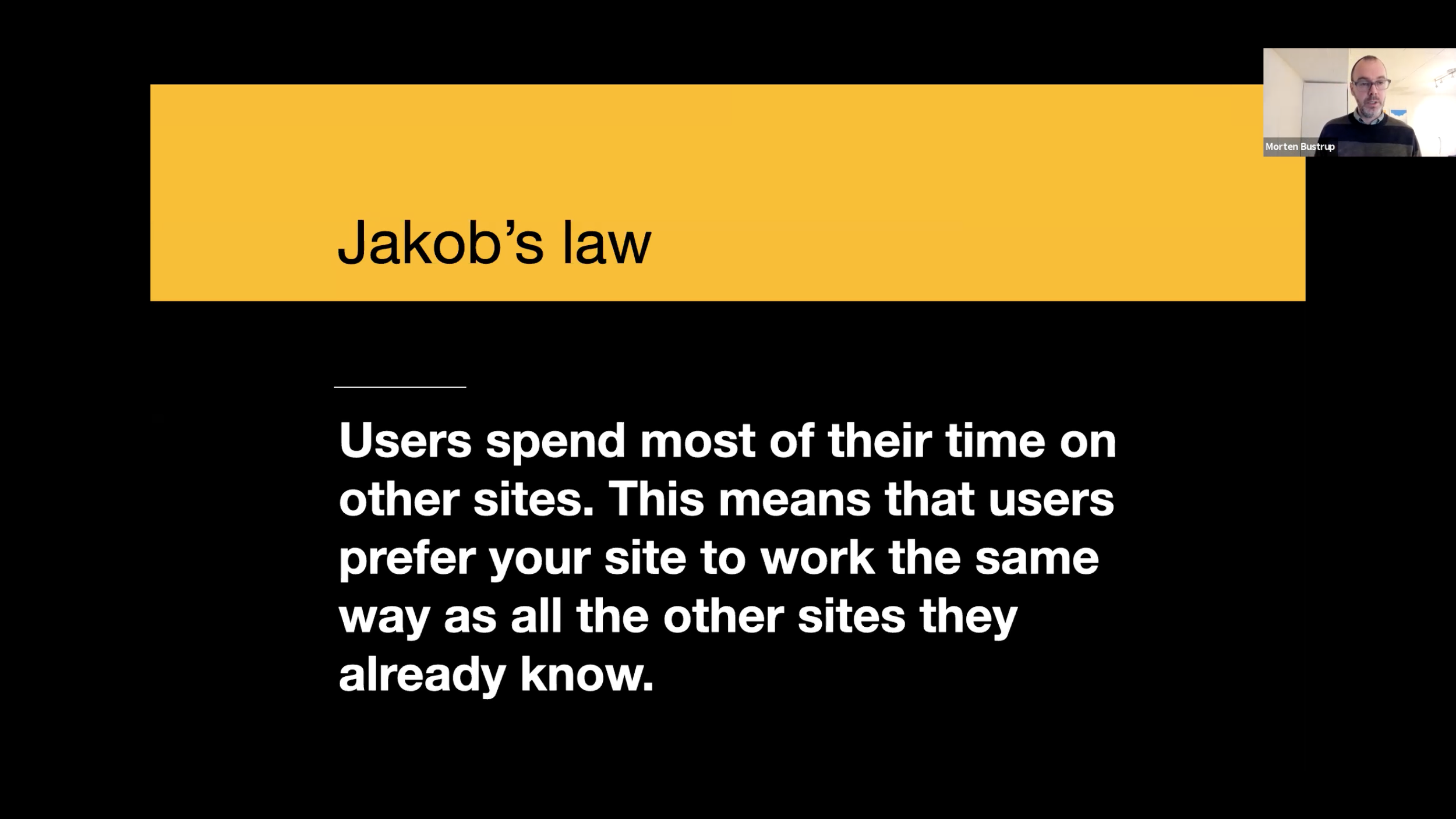
Laws of UX lecture
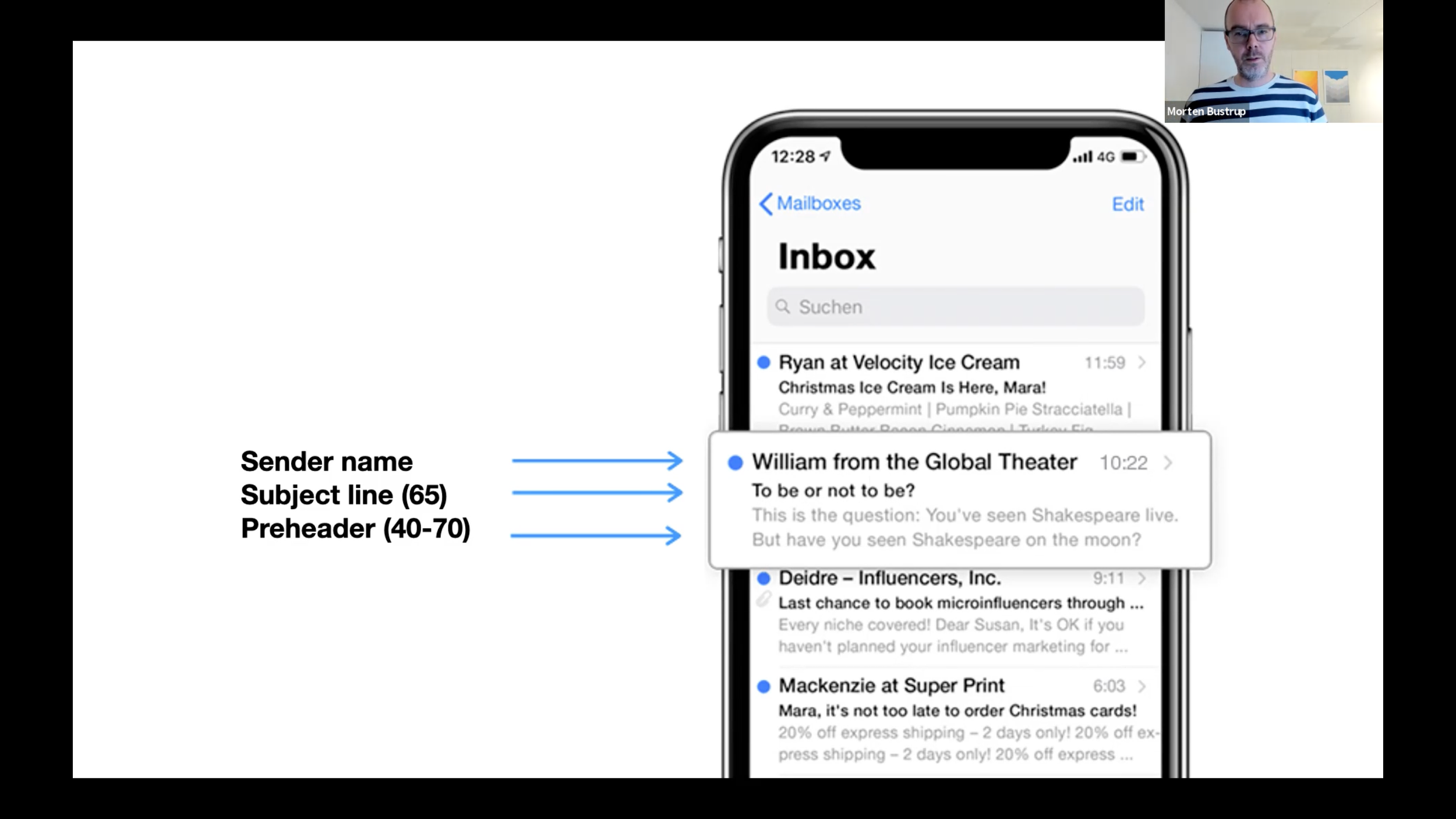
Building blocks of email design lecture

Class critique
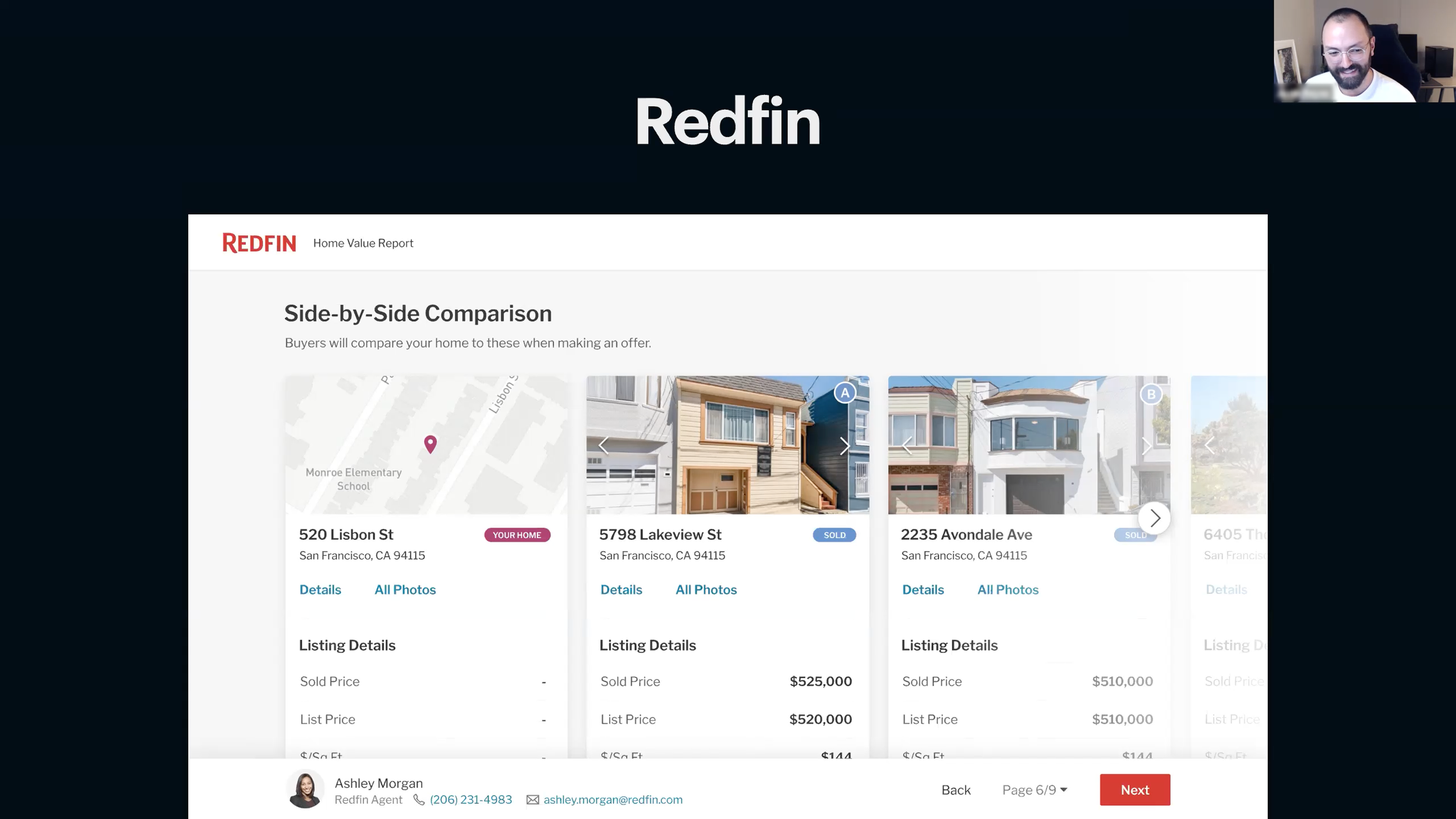
Guest lecturer from Redfin
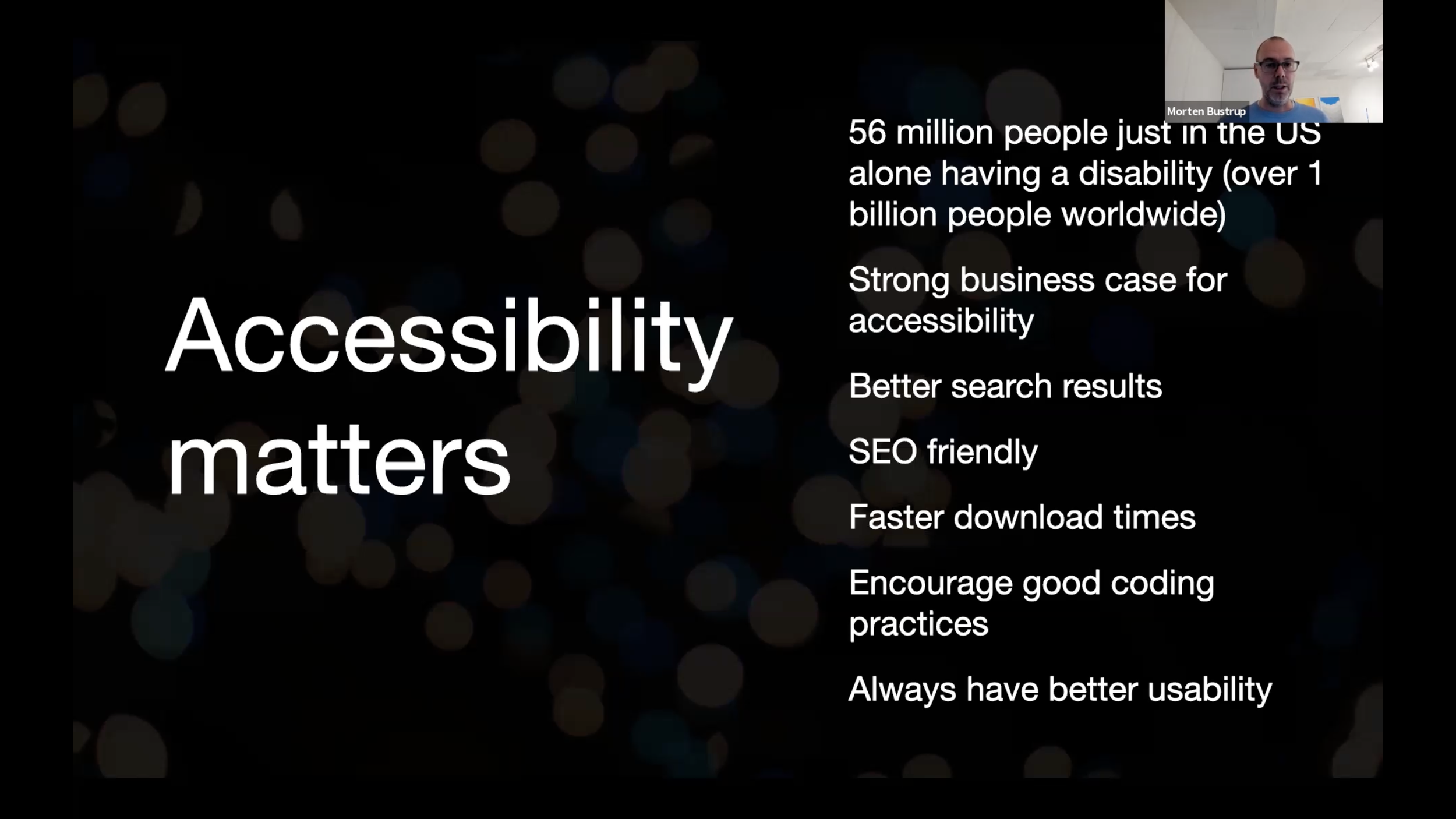
Accessibility lecture
Student feedback
Sample student work
